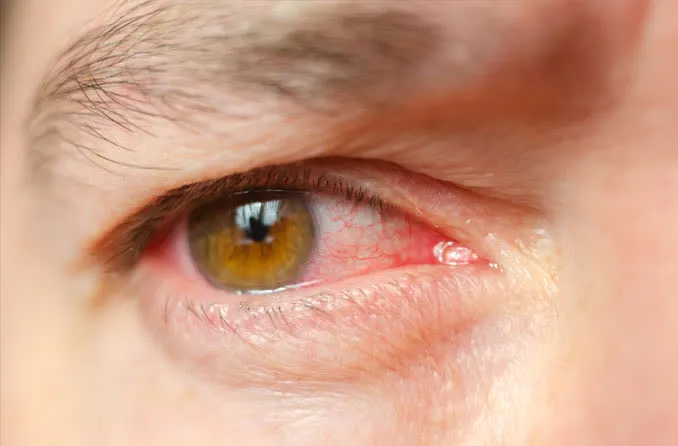Cataract is an eye disease that occurs when the lens of the eye loses its transparency, leading to blurred vision. In a healthy eye, light passes through the lens and reaches the retina, creating a clear image. However, cataracts interfere with this process, potentially causing vision loss. Cataracts are mostly age-related, developing as proteins and sugars accumulate in the lens over time, leading to clouding. While it may not be noticeable in the early stages, cataracts can progressively cause severe vision impairment and, if untreated, may lead to blindness.
What Are the Symptoms of Cataracts?
Cataracts often develop gradually, and symptoms may not be noticeable in the early stages. However, as the condition progresses, it significantly affects vision. Common symptoms include:
- Blurry or cloudy vision
- Colors appearing faded or dull
- Poor night vision
- Increased sensitivity to bright lights (lamps, sunlight, or car headlights)
- Seeing halos around lights
- Double vision (may improve temporarily as the cataract grows)
- Frequent changes in eyeglass prescription
If you experience one or more of these symptoms, consult an eye doctor for a comprehensive eye exam.
What Are the Risk Factors for Cataracts?
Although cataracts primarily develop due to aging, several factors can contribute to their early onset.
| Risk Factor | Explanation |
|---|---|
| Aging | Most common in individuals over 40 years old. |
| Genetic Predisposition | More likely in people with a family history of cataracts. |
| Diabetes | High blood sugar can lead to lens clouding. |
| Smoking | Increases oxidative damage in the eye, accelerating cataract development. |
| Excessive Alcohol Consumption | Can increase the risk of cataracts. |
| Exposure to UV Rays | UV light damages lens proteins, leading to clouding. |
| Prolonged Steroid Use | Long-term corticosteroid use raises cataract risk. |
| Eye Injuries | Trauma or previous eye surgery can trigger cataracts. |
Can Cataracts Be Prevented?
There is no definite way to prevent cataracts, but certain measures can reduce the risk:
- Wear sunglasses and a hat → Protects the eyes from harmful UV rays.
- Quit smoking and limit alcohol → Reduces oxidative damage to eye tissues.
- Maintain a healthy diet → Leafy greens like spinach, kale, and chard contain antioxidants beneficial for eye health.
- Get regular eye check-ups → If you're over 40, schedule an eye exam every two years.
Can Cataracts Be Treated?
Yes! Cataracts are completely treatable with surgical intervention. However, not all cases require immediate surgery.
Non-Surgical Treatment for Early-Stage Cataracts
For mild cases, vision can be improved through:
- Brighter lighting → Helps with reading and other activities at night.
- Updated eyeglass prescription → Enhances vision until surgery is needed.
- Magnifying lenses → Useful for clearer reading.
However, these are temporary solutions and do not eliminate cataracts.
Cataract Surgery (Surgical Treatment)
If cataracts significantly impair vision, surgery is the most effective solution.
- Performed under local anesthesia → The patient remains awake, but the eye is numbed.
- Takes approximately 15-30 minutes → Quick recovery time.
- The clouded lens is replaced with an artificial intraocular lens (IOL) → Restores clear vision.
Cataract surgery is one of the safest and most commonly performed eye procedures worldwide.
Protect Your Eye Health – Schedule an Eye Exam Today!
If you notice cataract symptoms, don’t wait—consult an eye doctor to protect your vision before it worsens!









